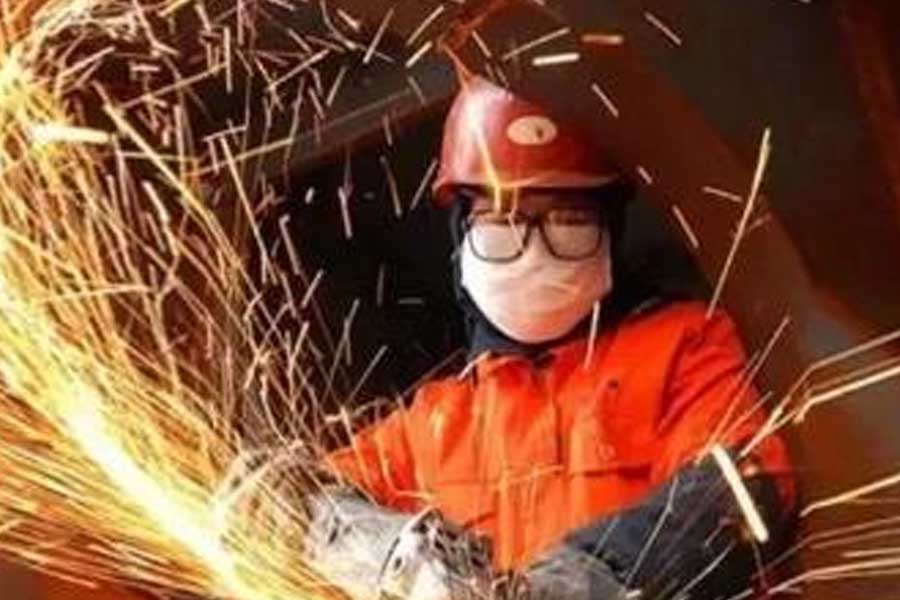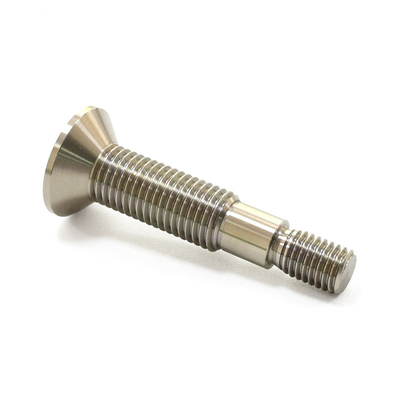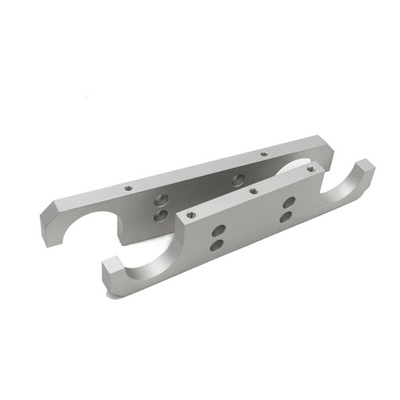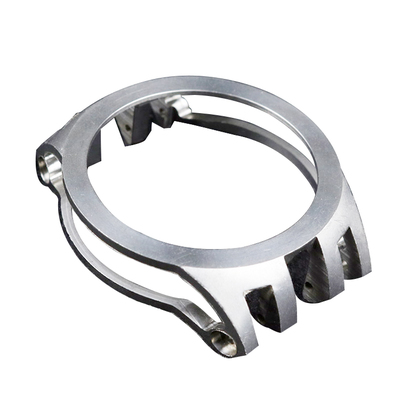How much do you know about the welding tips of galvanized steel pipes?
Galvanized steel pipe has the dual advantages of corrosion resistance and long service life, and the price is relatively low, so its utilization rate is getting higher and higher, but some users do not pay attention when welding galvanized pipe. Caused some unnecessary troubles.
Can galvanized steel pipe be welded?
Galvanized pipes can be welded, mainly depending on the welding requirements, the following are for reference only:
1. Ordinary cold galvanized pipe, the galvanized layer is relatively thin. In this case, ordinary electric welding or gas shielded welding is generally used. Before welding, the galvanized layer on the surface of the galvanized pipe is polished and then welded.
2. Based on the above-mentioned inconvenient grinding but welding with galvanized layer, gas shielded welding is required, and welding with 50-6 welding wire is used. However, in this case, the zinc burning loss is more serious. If you use Weiou Double-pulse MIG welding on D204Si can alleviate zinc burning
3. In the case of hot-dip galvanizing, argon arc welding with WE53 electrode can be used when the galvanized layer is too thick.
So what problems should be paid attention to when welding galvanized pipes?

01The premise is to polish
The galvanized layer of the weld must be polished away, otherwise air bubbles, trachoma, false welding, etc. will occur. It will also make the weld brittle and reduce the rigidity.
02Welding characteristics of galvanized steel
Galvanized steel is generally coated with a layer of zinc outside of low-carbon steel, and the galvanized layer is generally 20um thick. The melting point of zinc is 419°C and the boiling point is about 908°C. In welding, zinc melts into a liquid floating on the surface of the molten pool or at the root of the weld. Zinc has a large solid solubility in iron. The zinc liquid will etch the weld metal deeply along the grain boundary, and the low melting point zinc will form "liquid metal embrittlement".
At the same time, zinc and iron can form brittle compounds between metals. These brittle phases reduce the plasticity of the weld metal and cause cracks under tensile stress. If the fillet welds are welded, especially the fillet welds of T-shaped joints, penetration cracks are most likely to occur. When welding galvanized steel, the zinc layer on the surface of the groove and the edge will oxidize, melt, evaporate and even volatilize white smoke and steam under the action of arc heat, which can easily cause weld pores.
The ZnO formed by oxidation has a higher melting point, above about 1800°C. If the parameter is too small during the welding process, it will cause ZnO slag inclusion and at the same time. Because Zn becomes a deoxidizer. Produce FeO-MnO or FeO-MnO-SiO2 low melting point oxide slag. Secondly, due to the evaporation of zinc, a large amount of white smoke is volatilized, which is irritating and harmful to the human body. Therefore, the galvanized layer of the weld must be polished and disposed.
03Welding process control
The pre-welding preparation of galvanized steel is the same as that of general low-carbon steel. It should be noted that the groove size and the nearby galvanized layer must be carefully handled. In order to weld through, the groove size should be appropriate, generally 60~65°, and a certain gap should be left, generally 1.5~2.5mm; in order to reduce the penetration of zinc to the weld, the groove in the groove can be galvanized before welding Solder after the layer is removed.
In actual work, a centralized beveling process is used without blunt edges for centralized control. The two-layer welding process reduces the possibility of incomplete penetration. The welding rod should be selected according to the base material of the galvanized steel pipe. Generally, for low-carbon steel, J422 is more commonly used due to the ease of operation.
Welding technique: When welding the first layer of multi-layer welding, try to melt the zinc layer and make it vaporize and evaporate to escape the weld, which can greatly reduce the amount of liquid zinc remaining in the weld. In the fillet weld, the zinc layer should also be melted as much as possible in the first layer and vaporized and evaporated to escape the weld. The method is to first move the end of the electrode forward about 5~7mm. When making the zinc layer After melting, return to the original position to continue welding forward. For horizontal and vertical welding, if short-slag welding rods such as J427 are used, the undercutting tendency will be small; if the back and forth transportation technology is used, defect-free welding quality can be obtained.
Link to this article: How much do you know about the welding tips of galvanized steel pipes?
Reprint Statement: If there are no special instructions, all articles on this site are original. Please indicate the source for reprinting:https://www.cncmachiningptj.com/,thanks!
 PTJ® provides a full range of Custom Precision cnc machining china services.ISO 9001:2015 &AS-9100 certified. 3, 4 and 5-axis rapid precision CNC machining services including milling, sheet metal to customer specifications,Capable of metal & plastic machined parts with +/-0.005 mm tolerance.Secondary services include CNC and conventional grinding, laser cutting,drilling,die casting,sheet metal and stamping.Providing prototypes, full production runs, technical support and full inspection.Serves the automotive, aerospace, mold&fixture,led lighting,medical,bicycle, and consumer electronics industries. On-time delivery.Tell us a little about your project’s budget and expected delivery time. We will strategize with you to provide the most cost-effective services to help you reach your target,Welcome to Contact us ( sales@pintejin.com ) directly for your new project.
PTJ® provides a full range of Custom Precision cnc machining china services.ISO 9001:2015 &AS-9100 certified. 3, 4 and 5-axis rapid precision CNC machining services including milling, sheet metal to customer specifications,Capable of metal & plastic machined parts with +/-0.005 mm tolerance.Secondary services include CNC and conventional grinding, laser cutting,drilling,die casting,sheet metal and stamping.Providing prototypes, full production runs, technical support and full inspection.Serves the automotive, aerospace, mold&fixture,led lighting,medical,bicycle, and consumer electronics industries. On-time delivery.Tell us a little about your project’s budget and expected delivery time. We will strategize with you to provide the most cost-effective services to help you reach your target,Welcome to Contact us ( sales@pintejin.com ) directly for your new project.

- 5 Axis Machining
- Cnc Milling
- Cnc Turning
- Machining Industries
- Machining Process
- Surface Treatment
- Metal Machining
- Plastic Machining
- Powder Metallurgy Mold
- Die Casting
- Parts Gallery
- Auto Metal Parts
- Machinery Parts
- LED Heatsink
- Building Parts
- Mobile Parts
- Medical Parts
- Electronic Parts
- Tailored Machining
- Bicycle Parts
- Aluminum Machining
- Titanium Machining
- Stainless Steel Machining
- Copper Machining
- Brass Machining
- Super Alloy Machining
- Peek Machining
- UHMW Machining
- Unilate Machining
- PA6 Machining
- PPS Machining
- Teflon Machining
- Inconel Machining
- Tool Steel Machining
- More Material





